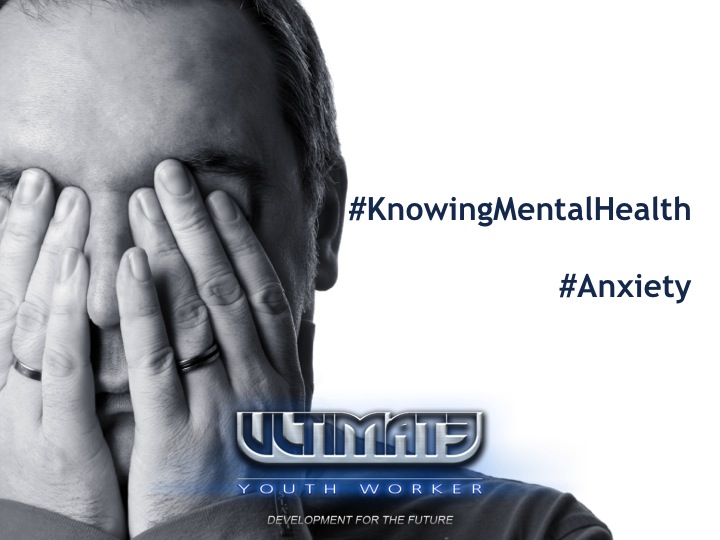Anxiety is a problem faced by around one in ten young Australians aged 18-25.
For young people aged 13-17, the figure is approximately one in twenty-five. Anxiety is a normal emotion experienced by everyone at some stage. It is an emotional anticipation of future threats. It is often associated with muscle tension and vigilance in preparation for future danger and cautious or avoidant behaviours. Anxiety disorders differ from developmentally normative fear or anxiety by being excessive or persisting. However, Anxiety disorders come when a persons level of anxiety is heightened over an extended period of time beyond developmentally appropriate periods. Anxiety disorders differ from one another in the types of objects or situations that induce fear, anxiety, or avoidance behaviour, and the associated cognitive ideation (American Psychiatric Association, 2013).
When our young people gain a diagnosis and tell us that they have anxiety it could be one of a number of disorders which come under this umbrella. According to the DSM5 the following diagnoses come under anxiety disorders:
-
- Separation anxiety disorder
-
- Selective mutism
-
- Specific phobia
-
- Social anxiety disorder
-
- Panic disorder
-
- Agoraphobia
-
- Generalised anxiety disorder
-
- Substance/medication induced anxiety disorder
-
- Anxiety disorder due to another medical condition
-
- Other specified anxiety disorder
- Unspecified anxiety disorder
[Tweet “14% of females and 8% of males have experienced an anxiety disorder in the last twelve months”]
We aren’t going to go into detail about all of these here (Phew). What we want to give you is an overview. In time we will go into some detail on these disorders.
Approximately twice as many young women are diagnosed with anxiety disorders as males. 14% of females and 8% of males have experienced an anxiety disorder in the last twelve months this is equivalent to around 435,000 young people in Australia every year. This mean we are extremely likely to have clients with an anxiety disorder during our career. Anxiety is the number one mental health issue we will find ourselves working with.
Anxiety disorders often have comorbid disorders alongside them so it is important for us to understand the extent of the issues surrounding an anxiety diagnosis. Get to know the diagnostic criteria for these disorders. Know as much as you can about them. Your young people will thank you for it.
